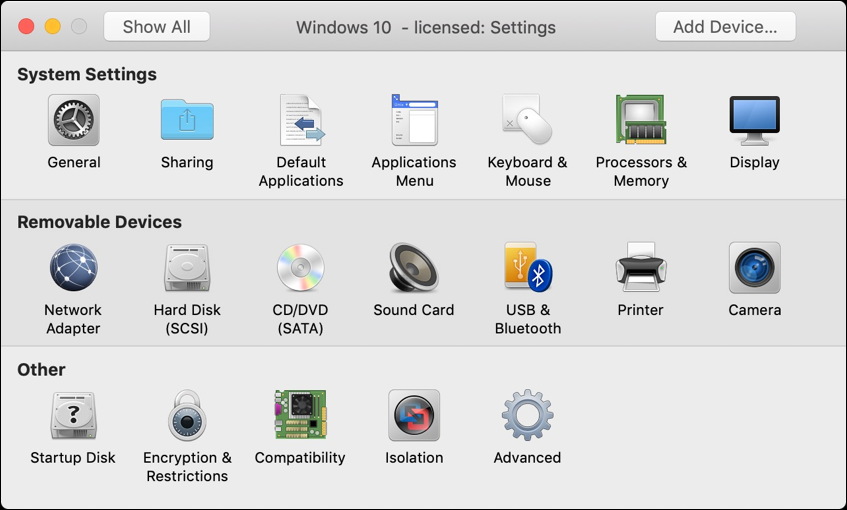
- #VMWARE FUSION FOR MAC NO APP ICON INSTALL#
- #VMWARE FUSION FOR MAC NO APP ICON LICENSE#
- #VMWARE FUSION FOR MAC NO APP ICON ISO#
However, even if it doesn’t, you can manually bring it up and make the necessary changes.Įvery item on this window can be customized as per your liking, but there are a few that you should especially look out for. You are going to be setting these options on the System Preferences window, which will most probably load automatically right after the installation process. VMware Fusion provides you with a variety of different configuration options to ensure that your machine runs efficiently.


#VMWARE FUSION FOR MAC NO APP ICON INSTALL#
Select a location to install your VM files and click Save.Choose a firmware type you’d like the virtual machine to operate on and click Continue.įor e.g., while installing the Windows OS, you’ll have the option to choose either the Legacy firmware or the UEFI firmware.
#VMWARE FUSION FOR MAC NO APP ICON ISO#
Make sure that the correct ISO file is selected, and then click Continue.On the Select the Installation Method window, drag and drop your OS’s ISO file on the designated area.From the menu bar, click on File > New.So, this section shows a step-by-step process on how you can create a VM using VMware Fusion. You can now start using the application.Īfter the installation process is complete, you can install a virtual machine to use alongside your Mac computer.Click the padlock again to save your changes.Select Accessibility from the left panel.Click the padlock on the bottom left corner of the window to unlock it.Now, on an alert that pops up, click Open System Preferences.However, if you dont, select I want to try VMware Fusion 12 Professional for 30 days.
#VMWARE FUSION FOR MAC NO APP ICON LICENSE#

Before you use the virtual machine (VM), you first have to install it.


 0 kommentar(er)
0 kommentar(er)
